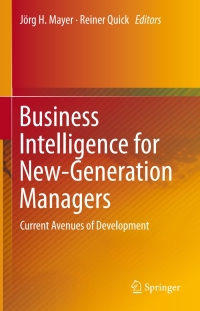Question
Hi guys, could you tell me what else can I add to this Discussion Post? It's not mine, I'm just replying!! --- Fixed costs are
Hi guys, could you tell me what else can I add to this Discussion Post? It's not mine, I'm just replying!!
--- Fixed costs are costs that remain the same in total regardless of changes in the activity level. Examples would include property taxes, insurance, rent, deprecation, etc. Because the total fixed costs remain constant as activity changes, it follows that fixed costs per unit vary inversely with activity so as volume increases, unit costs decline and vice versa (Kimmel 2019 p. 18-4).
Variable costs are costs that vary in total directly and proportionately with changes in the activity level. If activity level increases or decreases by a certain amount, total variable costs will increase or decrease by that same amount. Examples include direct materials, direct labor, sales commissions, etc. A variable cost may also be defined as a cost that remains the same per unit at every level of activity (p. 18-3).
Mixed costs are costs that contain both a variable and a fixed cost element therefore they change in total but not proportionately with changes in the activity level (p. 18-6). The high low method uses the total costs incurred at the high and low levels of activity to classify mixed costs into fixed and variable components. The steps to computing fixed and variable costs under this method is change in total costs at high versus low activity level divided by high minus low activity level which equals variable cost per unit (p. 18-7).
And maybe this one also, if you could...
--- Break-even point, or BEP, is the stage at which revenues equal costs. This is used to determine a relationship between costs, revenue, and profits. BEP includes to calculation and examination of the margin of saftey for the entity based on revenues collected and associated costs. The methods are graphical, algebraic, and contribution analysis.
Graphical method shows linear break-even analysis. When price of a product remains the same, the organization expands its production. Total revenue is linear to the output.
Algebraic method helps in decision making problems. Profit is equal the difference between total revenue and total cost. Break-even quantity of output is determined by TFC, price and variable cost per unit of output.
Contribution analysis refers to the analysis of incremental revenue and costs of a business. Contribution is the difference between total revenue and variable costs.
Step by Step Solution
There are 3 Steps involved in it
Step: 1

Get Instant Access to Expert-Tailored Solutions
See step-by-step solutions with expert insights and AI powered tools for academic success
Step: 2

Step: 3

Ace Your Homework with AI
Get the answers you need in no time with our AI-driven, step-by-step assistance
Get Started


